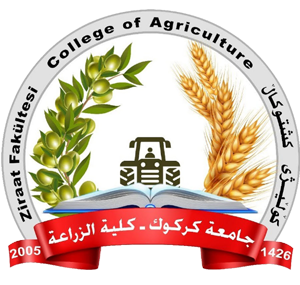The College of Agriculture discussed a master’s thesis on selection evidence and stability parameters for cotton genotypes under three levels of potassium fertilizer and two planting distances, by the student Mahsti Malko Sartib, and under the supervision of Professor Dr. Muhammad Ibrahim Muhammad.
The study aimed to evaluate the performance of several cotton genotypes at levels of potassium fertilizer and line spacing, estimate stability parameters for cotton genotypes across six different environments that include three levels of potassium fertilizer and two planting distances, and create selection evidence for some of the traits involved in yield formation. .
The study concluded that the varieties varied in their performance, as well as in their stability and the selection evidence that was adopted in their creation, as the Coker 310 variety was distinguished by its superiority in plant height, number of plant nuts, flower cotton yield, seed index, and durability. The levels of potassium fertilizer differed when added to the soil, as the potassium fertilizer gave the level of 300 kg. The best results for the plant, and the distance between the lines is 60 cm. The best distance between the lines.




